 Clan Napier ((my third family tartan))
Clan Napier ((my third family tartan)) Clan MacTavish Tartan ((Cash sept))
Clan MacTavish Tartan ((Cash sept)) Clan MacDonald Tartan ((Cash sept))
Clan MacDonald Tartan ((Cash sept)) Clan MacDonald Dress Tarten ((Cash sept))
Clan MacDonald Dress Tarten ((Cash sept))my family primary crest
 Clan Dress Ferguson Tartan ((my family 1st tartan))
Clan Dress Ferguson Tartan ((my family 1st tartan))http://didi-mycrazycrazylife.blogspot.com/2009/04/national-tartan-day.html
Check out my girls blog for photos of TT and my celebration American style!
Ferguson Clan
Ferguson Clan Crest: Upon a chapeau, a bee on a thistle.
Ferguson Clan Motto: Dulcius Ex Asperis (Sweeter after difficulties).
Fergusson Clan History:The Fergussons first appear in Kintyre, and Kilkerran, the name of the Clan Seat in Ayrshire, derives from St Ciaran, one of the twelve apostles of Ireland who landed at Dalruadhain in the 6th century. The Fergussons in Argyllshire claim descent from Fergus Mor mac Erc, King of Scots c.500. The Fergussons of Kilkerran in Ayrshire descend from Fergus, Lord of Galloway in the reigns of David I and Malcolm IV. The Fergussons of Craigdarroch in Dumfriesshire have a recorded history that dates from a Charter from David II in the 14th century.
By the 13th century, the name was widespread throughout the South West of Scotland. Sir John Fergusson of Kilkerran fought for the Royalist cause during the Civil War in the 17th century and his estates fell heavily into debt. His grandson, also Sir John, restored the family fortunes by becoming a successful lawyer, and his son, James, became a Judge of the Supreme Court, taking the legal honorarium of Lord Kilkerran.
The Fergussons of Dunfallandy, near Pitlochry in Perthshire, were Jacobite supporters who took part in both the 1715 and 1745 Uprisings. Other branches of the family include the Fergussons of Pitfour, one of whom became a High Court Judge in 1763. Ronald Fergusson of Raith, near Kirkcaldy in Fife, was Member of Parliament for Leith Burghs from 1886 to 1914, when he was appointed Governor General of Australia.
The poet Robert Fergusson (1750-74) was much admired by his near contemporary Robert Burns, who erected a monument to his memory in the Canongate Kirk, Edinburgh. Adam Ferguson (1723-1816) was Chaplain to the Black Watch and became Keeper of the Advocates Library in Edinburgh while writing extensively. Patrick Ferguson (1744-80) was inventor of the breach-loading rifle. Sir James Fergusson (1832-1907) was Governor General of South Australia from 1868-72; of New Zealand from 1872-4, and of Bombay, 1880-85. J.D. Fergusson (1874-1961) was a noted painter, based in Glasgow. Sir Bernard Fergusson, 1st Lord Ballantrae (1911 - 1980) was Governor General of New Zealand, 1962-67.
Places of Interest:Kilkerran House, Maybole, Ayrshire. Seat of Chief of Clan Fergusson.Dundrennan Abbey, Kirkcudbright. established in 1142 by Fergus of Galloway. Today a ruin, it is maintained by Historic Scotland.
Stewart Clan
The most famous "occupational" name in Scotland, the name is derived from the office of steward (from Old English "stig" meaning house and "weard" meaning keeper). A Norman knight, William Fitz Alain became hereditary Great Steward of Scotland during the reign of King David I and was given estates in Renfrewshire and East Lothian.. His descendants, using the name Stewart, obtained lands in Kintyre, Arran, Cowal and Bute. Other branches of the family became established in Strathearn and Atholl in Perthshire, Appin in Argyll and also in Strathspey.
Walter, the 6th High Steward married Marjory, daughter of Robert the Bruce. Bruce's own son, King David II died childless and Bruce's grandson, Robert Stewart, through Marjory, became King Robert II in 1371, thus starting the Stewart Dynasty which lasted until the death of Queen Anne in 1714. The royal male line of Stewarts probably ended with the death of Bonnie Prince Charlie (though illegitimate descendants continued to the 20th century). Currently, Prince Charles, the Prince of Wales, is High Steward of Scotland as the female-line descendant of Walter Fitz Alan.
The "Stuart" spelling arose because there was no letter "w" in the French language and Mary Queen of Scots, in particular, became Mary Stuart, following her marriage to the Dauphin of France, later King Francis II.
The Stewart clan motto is "Virescit vulnere virtus" which means "Courage grows strong at a wound".
Surnames regarded as septs (sub-branch) of the Stewart clan include Cook, Cruickshanks, Duilach, France, Francis, Garrow, Jameson, Jamieson, Lombard, Lorne, MacCamie, MacCloy, MacCombich, MacGlashan, MacKirdy, MacLae, MacLea, MacLeay, MacMichael, MacMunn, MacMutrie, Moodie, Munn, Sharp.
Stewart was the 7th most frequent surname at the General Register Office in 1995.
Ferguson Clan Crest: Upon a chapeau, a bee on a thistle.
Ferguson Clan Motto: Dulcius Ex Asperis (Sweeter after difficulties).
Fergusson Clan History:The Fergussons first appear in Kintyre, and Kilkerran, the name of the Clan Seat in Ayrshire, derives from St Ciaran, one of the twelve apostles of Ireland who landed at Dalruadhain in the 6th century. The Fergussons in Argyllshire claim descent from Fergus Mor mac Erc, King of Scots c.500. The Fergussons of Kilkerran in Ayrshire descend from Fergus, Lord of Galloway in the reigns of David I and Malcolm IV. The Fergussons of Craigdarroch in Dumfriesshire have a recorded history that dates from a Charter from David II in the 14th century.
By the 13th century, the name was widespread throughout the South West of Scotland. Sir John Fergusson of Kilkerran fought for the Royalist cause during the Civil War in the 17th century and his estates fell heavily into debt. His grandson, also Sir John, restored the family fortunes by becoming a successful lawyer, and his son, James, became a Judge of the Supreme Court, taking the legal honorarium of Lord Kilkerran.
The Fergussons of Dunfallandy, near Pitlochry in Perthshire, were Jacobite supporters who took part in both the 1715 and 1745 Uprisings. Other branches of the family include the Fergussons of Pitfour, one of whom became a High Court Judge in 1763. Ronald Fergusson of Raith, near Kirkcaldy in Fife, was Member of Parliament for Leith Burghs from 1886 to 1914, when he was appointed Governor General of Australia.
The poet Robert Fergusson (1750-74) was much admired by his near contemporary Robert Burns, who erected a monument to his memory in the Canongate Kirk, Edinburgh. Adam Ferguson (1723-1816) was Chaplain to the Black Watch and became Keeper of the Advocates Library in Edinburgh while writing extensively. Patrick Ferguson (1744-80) was inventor of the breach-loading rifle. Sir James Fergusson (1832-1907) was Governor General of South Australia from 1868-72; of New Zealand from 1872-4, and of Bombay, 1880-85. J.D. Fergusson (1874-1961) was a noted painter, based in Glasgow. Sir Bernard Fergusson, 1st Lord Ballantrae (1911 - 1980) was Governor General of New Zealand, 1962-67.
Places of Interest:Kilkerran House, Maybole, Ayrshire. Seat of Chief of Clan Fergusson.Dundrennan Abbey, Kirkcudbright. established in 1142 by Fergus of Galloway. Today a ruin, it is maintained by Historic Scotland.
Stewart Clan
The most famous "occupational" name in Scotland, the name is derived from the office of steward (from Old English "stig" meaning house and "weard" meaning keeper). A Norman knight, William Fitz Alain became hereditary Great Steward of Scotland during the reign of King David I and was given estates in Renfrewshire and East Lothian.. His descendants, using the name Stewart, obtained lands in Kintyre, Arran, Cowal and Bute. Other branches of the family became established in Strathearn and Atholl in Perthshire, Appin in Argyll and also in Strathspey.
Walter, the 6th High Steward married Marjory, daughter of Robert the Bruce. Bruce's own son, King David II died childless and Bruce's grandson, Robert Stewart, through Marjory, became King Robert II in 1371, thus starting the Stewart Dynasty which lasted until the death of Queen Anne in 1714. The royal male line of Stewarts probably ended with the death of Bonnie Prince Charlie (though illegitimate descendants continued to the 20th century). Currently, Prince Charles, the Prince of Wales, is High Steward of Scotland as the female-line descendant of Walter Fitz Alan.
The "Stuart" spelling arose because there was no letter "w" in the French language and Mary Queen of Scots, in particular, became Mary Stuart, following her marriage to the Dauphin of France, later King Francis II.
The Stewart clan motto is "Virescit vulnere virtus" which means "Courage grows strong at a wound".
Surnames regarded as septs (sub-branch) of the Stewart clan include Cook, Cruickshanks, Duilach, France, Francis, Garrow, Jameson, Jamieson, Lombard, Lorne, MacCamie, MacCloy, MacCombich, MacGlashan, MacKirdy, MacLae, MacLea, MacLeay, MacMichael, MacMunn, MacMutrie, Moodie, Munn, Sharp.
Stewart was the 7th most frequent surname at the General Register Office in 1995.
Clan Cash
Clan Cash is not a clan all of its own. It is a "sept" of MacCash, MacDonald, and MacTavish.
It's own tartan is available under those names.
Reading the Tartan
A tartan pattern emerges out of a single list of coloured threads called a thread count.
Reading a tartan requires a little practice and involves finding two unique points within the pattern called the pivots.
Tartans consist of broader bands of colour called the under check which are often decorated or embellished with narrower lines of colour called the over check.Once the basic possibilities are understood, one can better appreciate designs that combine and extend the simple ideas. The largest group of tartan uses the three-colour design of Black Watch as its basis.
Reading a tartan requires a little practice and involves finding two unique points within the pattern called the pivots.
Tartans consist of broader bands of colour called the under check which are often decorated or embellished with narrower lines of colour called the over check.Once the basic possibilities are understood, one can better appreciate designs that combine and extend the simple ideas. The largest group of tartan uses the three-colour design of Black Watch as its basis.
Tartan Weaving in Highland Life
Originally the only recording activity would be similar to those in other cultural activities such as musicians and storytellers. Patterns would spread by diffusion according to interest and popularity. Recording would be through memory, cloth samples and possibly threads tied to sticks (used warp beams). Types of tartan would not exist, and the local wool and dyes available would limit the ambition of a weaver and wearer to certain colours. Rescuing Tartan from ExtinctionAfter the rebellion of Charles Edward Stuart, Highland expression and the Tartan in particular was prohibited by law. The growing Highland Regiments were amongst the few allowed to wear it, largely in new patterns. Weaving became commercial at Wilson's of Bannockburn where fortunately many older designs survived on their books. As tartan became legal, the gentry responded to the impending loss of Highland traditions and sponsored a number of institutions, fashions and research activities that coincided with a burgeoning Romantic movement which was driven on by Sir Walter Scott's writing.Not only were many traditional tartan designs "saved" through these recordings but also many invented patterns, new colourings and new concepts such as Clan Tartans arose. Most traditional tartan patterns became fixed and named at this time.
Originally the only recording activity would be similar to those in other cultural activities such as musicians and storytellers. Patterns would spread by diffusion according to interest and popularity. Recording would be through memory, cloth samples and possibly threads tied to sticks (used warp beams). Types of tartan would not exist, and the local wool and dyes available would limit the ambition of a weaver and wearer to certain colours. Rescuing Tartan from ExtinctionAfter the rebellion of Charles Edward Stuart, Highland expression and the Tartan in particular was prohibited by law. The growing Highland Regiments were amongst the few allowed to wear it, largely in new patterns. Weaving became commercial at Wilson's of Bannockburn where fortunately many older designs survived on their books. As tartan became legal, the gentry responded to the impending loss of Highland traditions and sponsored a number of institutions, fashions and research activities that coincided with a burgeoning Romantic movement which was driven on by Sir Walter Scott's writing.Not only were many traditional tartan designs "saved" through these recordings but also many invented patterns, new colourings and new concepts such as Clan Tartans arose. Most traditional tartan patterns became fixed and named at this time.
Introduction of Tartans
Tartans have become synonymous with Scotland and Scottish clans and families in particular. However, tartans were originally a style of cloth intended to be decorative. They had patterns that were popular within certain districts of manufacture, they relied on a limited range of colour dyes and were made of the local coarser type of wool.
This has lead to the idea of district tartans being the original association, between the land, the community and its cloth. Where there was a strong clan within a district, as was often the case in the highlands, then visitors from other areas might well have been recognised as of a clan from their tartan. This must have been true of visitors from the Western Isles, for instance. It is this concept of clan tartans that today predominates, but the use of tartan is yet richer.
When tartan was proscribed by law, the Government or Black Watch pattern was the only legally one. This was used by the regiments raised within Scotland, forming the basis of the regimental tartans.
By the early 1800s, it was realised that the knowledge of tartans before the ´45 was being lost and, simultaneously, there was a romantic movement concerning Scotland's past. This lead to institutional and individual efforts to preserve tartan designs. Tartans were reconstructed from portraits, collected on pilgrimages, demanded from clan chiefs and recovered from weaver's notes.
Tartans became a backdrop. The weaving and tailoring industries were especially boosted by the visit to Edinburgh of George IV in 1822 and by Sir Walter Scott's statement, as the visit's manager, "Let every man wear his tartan". Queen Victoria gave considerable encouragement thereafter, though this encouraged both fantasy and fact in the study of tartan. (Some royal tartans remain the preserve of the House of Windsor or individual titles within it, just as clan chiefs sometimes have a chief's tartan.)
The significance of tartan as national dress, worn under various circumstances, created clan tartans for every "name", even those that previously had none. These were often supplemented by hunting tartans of subdued character and dress tartans which were brighter.
Further variety was added by fashion, fancy or trade tartans to fill any niche, including various colours of a single pattern. Dancing Tartans originate from the ARISAID or Dress Tartans. There were even some mourning tartans developed.
In recent years the corporate tartans have become popular where an institution or company adopts a tartan design for livery and use in merchandising.
Where no clan tartan exists, families can and have developed new Family Tartans. Generally which tartan is worn is controlled by convention there not being a statute for its government. Disputes as to its use and production rely on the civil law of Copyright, Design Act and in rare cases Patents/Trademarks.
Manufacturers often offer a given tartan design in a variety of colour effects, called Modern, Reproduction, Ancient and the like. An ancient and a modern tartan is often the same pattern and should not be confused when the design is being considered.
Tartans have become synonymous with Scotland and Scottish clans and families in particular. However, tartans were originally a style of cloth intended to be decorative. They had patterns that were popular within certain districts of manufacture, they relied on a limited range of colour dyes and were made of the local coarser type of wool.
This has lead to the idea of district tartans being the original association, between the land, the community and its cloth. Where there was a strong clan within a district, as was often the case in the highlands, then visitors from other areas might well have been recognised as of a clan from their tartan. This must have been true of visitors from the Western Isles, for instance. It is this concept of clan tartans that today predominates, but the use of tartan is yet richer.
When tartan was proscribed by law, the Government or Black Watch pattern was the only legally one. This was used by the regiments raised within Scotland, forming the basis of the regimental tartans.
By the early 1800s, it was realised that the knowledge of tartans before the ´45 was being lost and, simultaneously, there was a romantic movement concerning Scotland's past. This lead to institutional and individual efforts to preserve tartan designs. Tartans were reconstructed from portraits, collected on pilgrimages, demanded from clan chiefs and recovered from weaver's notes.
Tartans became a backdrop. The weaving and tailoring industries were especially boosted by the visit to Edinburgh of George IV in 1822 and by Sir Walter Scott's statement, as the visit's manager, "Let every man wear his tartan". Queen Victoria gave considerable encouragement thereafter, though this encouraged both fantasy and fact in the study of tartan. (Some royal tartans remain the preserve of the House of Windsor or individual titles within it, just as clan chiefs sometimes have a chief's tartan.)
The significance of tartan as national dress, worn under various circumstances, created clan tartans for every "name", even those that previously had none. These were often supplemented by hunting tartans of subdued character and dress tartans which were brighter.
Further variety was added by fashion, fancy or trade tartans to fill any niche, including various colours of a single pattern. Dancing Tartans originate from the ARISAID or Dress Tartans. There were even some mourning tartans developed.
In recent years the corporate tartans have become popular where an institution or company adopts a tartan design for livery and use in merchandising.
Where no clan tartan exists, families can and have developed new Family Tartans. Generally which tartan is worn is controlled by convention there not being a statute for its government. Disputes as to its use and production rely on the civil law of Copyright, Design Act and in rare cases Patents/Trademarks.
Manufacturers often offer a given tartan design in a variety of colour effects, called Modern, Reproduction, Ancient and the like. An ancient and a modern tartan is often the same pattern and should not be confused when the design is being considered.





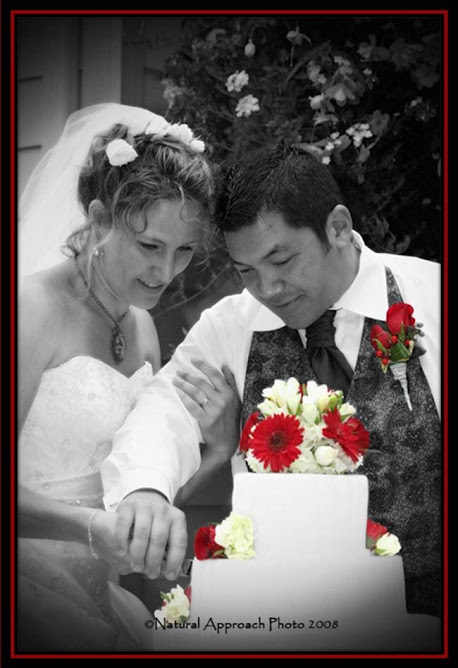



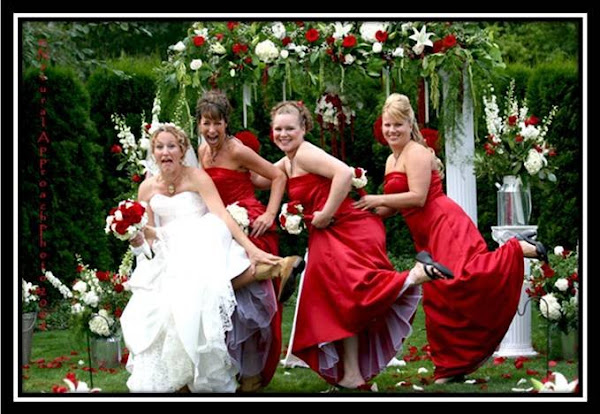
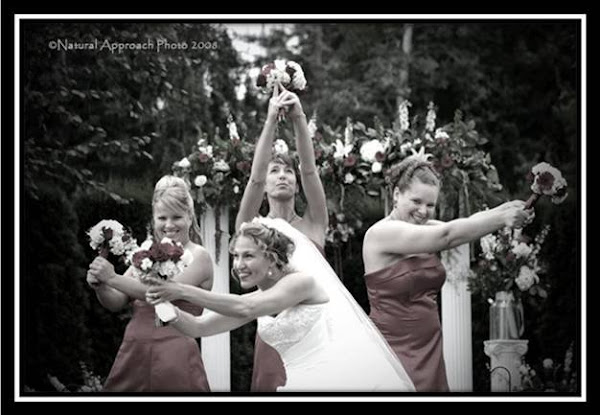
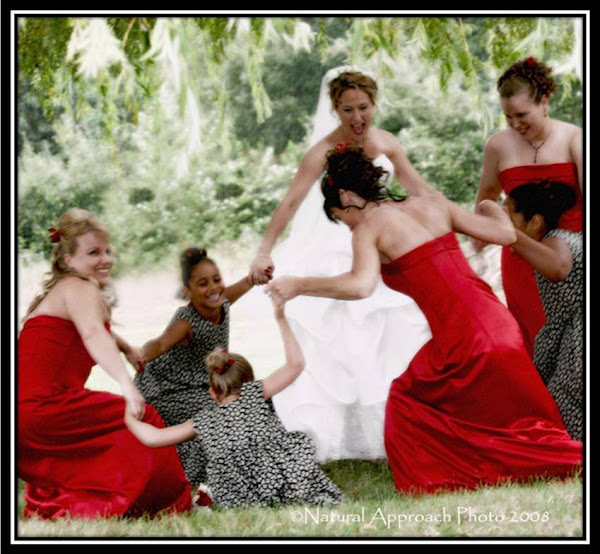
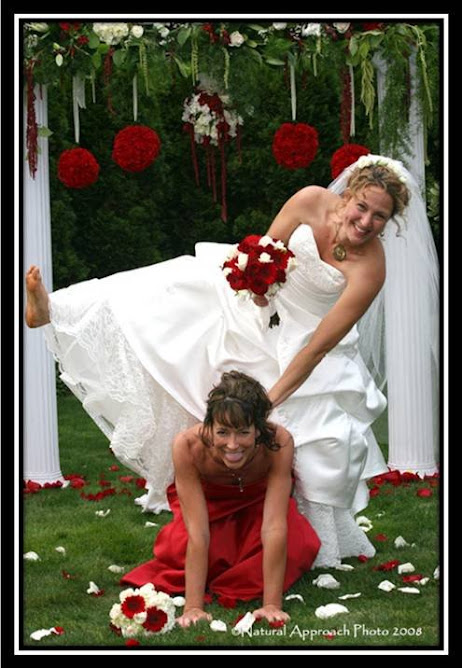
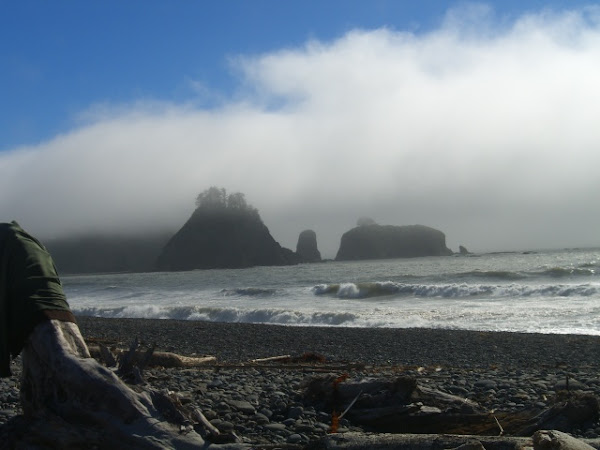
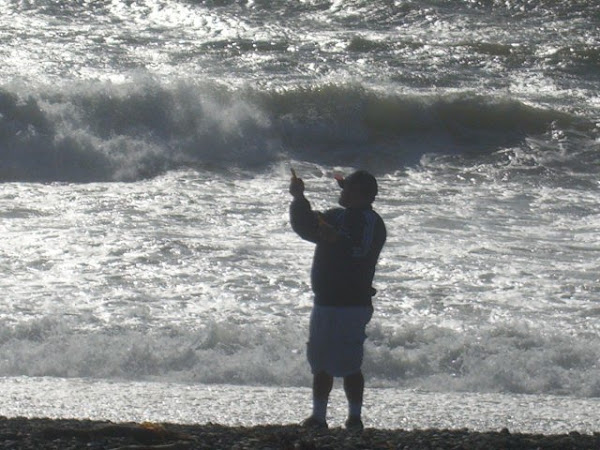
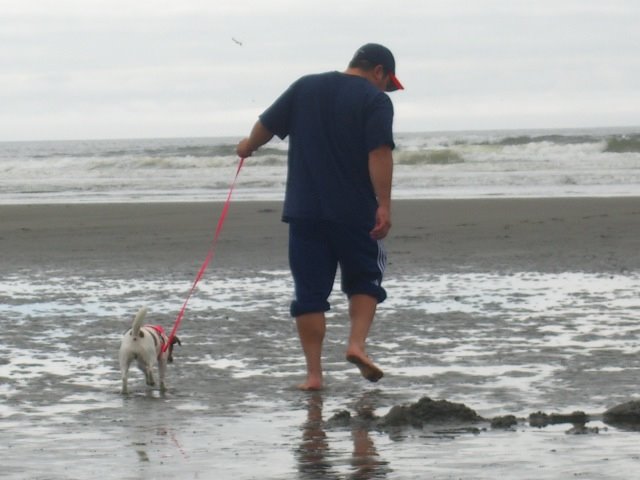




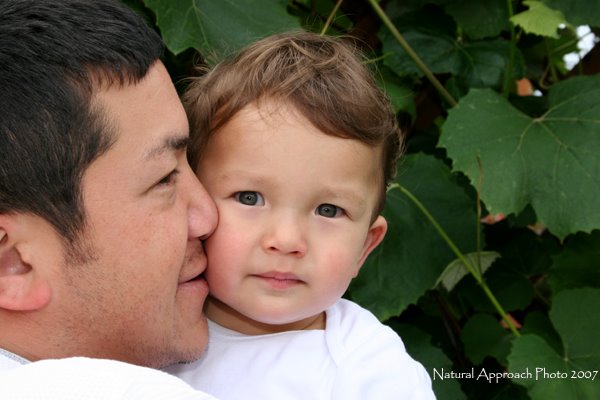




No comments:
Post a Comment